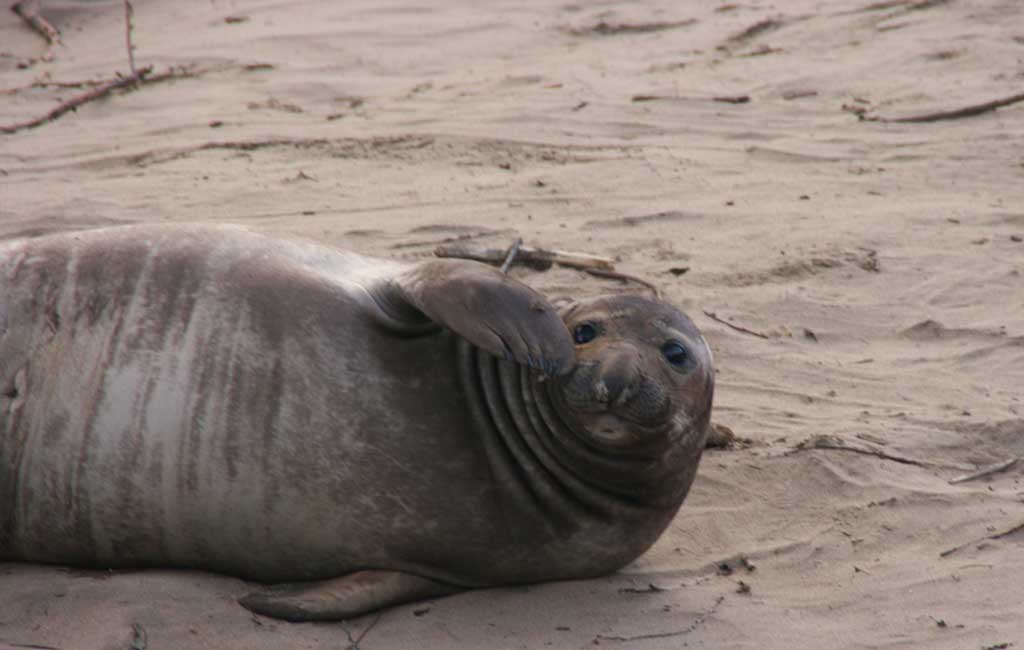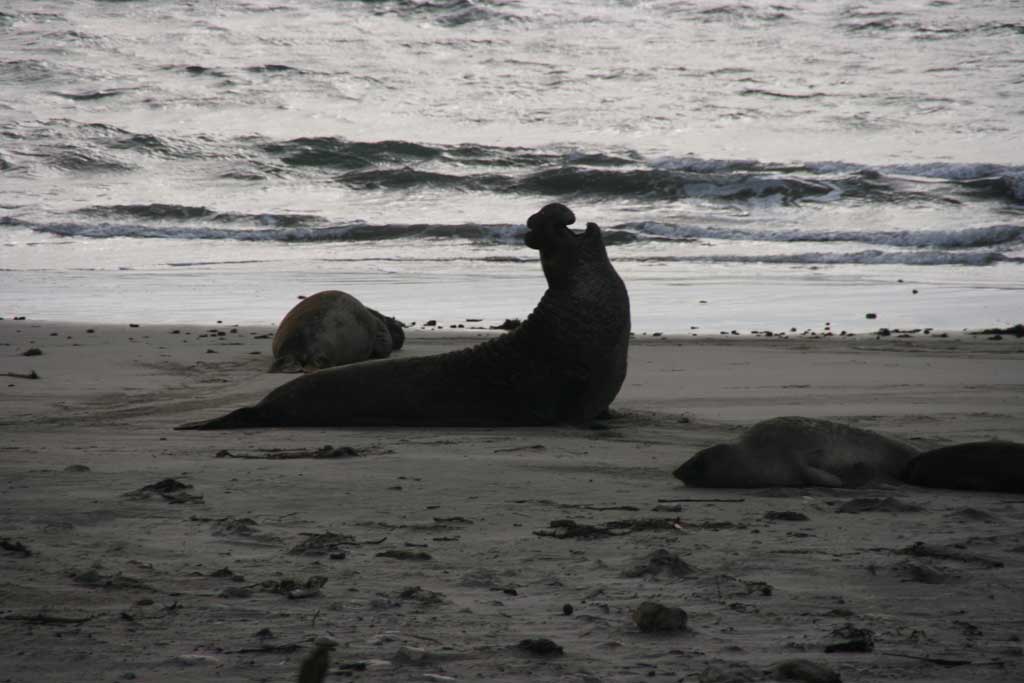In the early 1920s, elephant seals numbered in only the double digits, having been hunted to the brink of extinction for their blubber that was used to make oil.
Today, the elephant seal is a delightful conservation success story.
With a healthy population of approximately 150,000 along the Pacific coast from Baja California, Mexico to the Gulf of Alaska and the Aleutian Islands, they are no longer an endangered species. They do, however, continue to be protected.
There’s no better place to observe this magnificent animal than Año Nuevo State Park, where elephant seals have been coming to mate, give birth, and take a break from their long ocean migrations every year since 1965.
The natural preserve is about an hour and half south of San Francisco, along scenic Highway 1 between Half Moon Bay and Santa Cruz. In my opinion, visiting the elephant seals of Año Nuevo is an essential California experience.
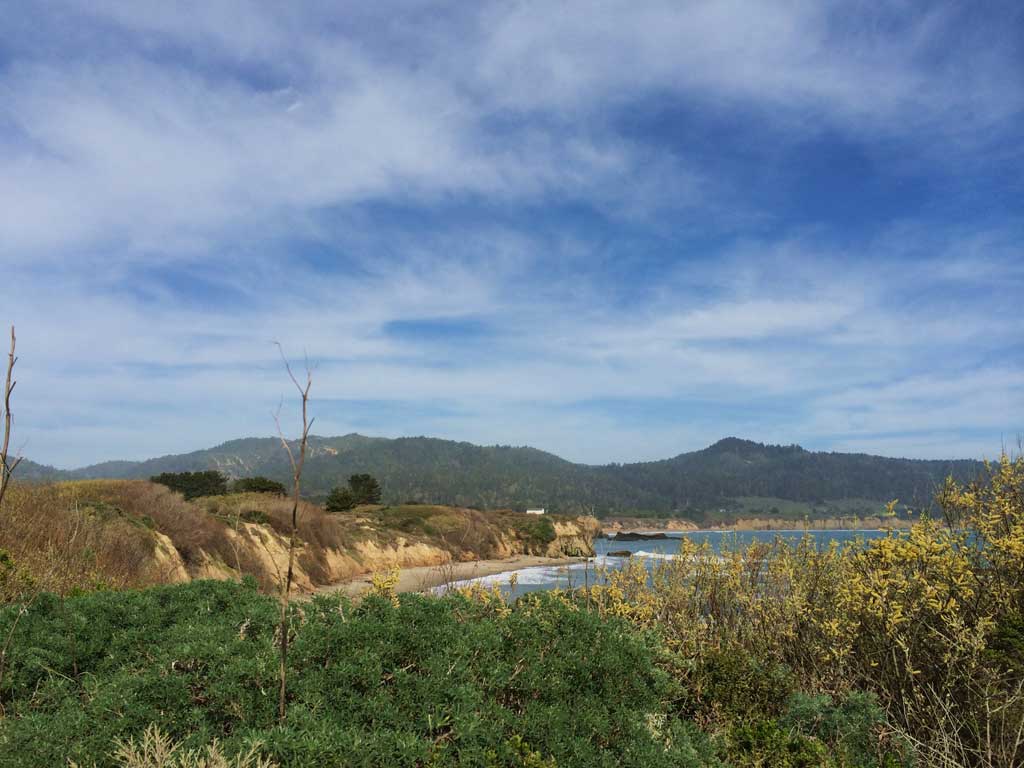
To observe the pinnipeds in action, visitors need to sign up for a guided walk during their breeding season from December to late March. This is when the elephant seals come ashore after their long food pilgrimages in the Pacific.
The Breeding Cycle of the Elephant Seal
It’s fascinating to observe nature in action as the males, with their long, pendulous noses, vie for the top rung of the social ladder. The bulls arrive in November – ahead of the ladies – all two and a half, hot-and-bothered tons of them, impatiently waiting for the smaller females to make an appearance, which happens sometime in December. They engage in fierce battles for dominance, and the winners gain not only the coveted “alpha male” status, but the right to mate with the soon-to-be-arriving females.
After months of feasting in the deep waters of the Pacific, the females come ashore to form harems on the beaches. Within the first week, they give birth to the pups conceived in the previous year. One pup is born to each female and nurses for an average of 28 days. Shortly after (and even before the pup is weaned), the mother mates again, conceiving another baby that she’ll have the following year.
Depending on when you go to Año Nuevo, you’ll observe different phases of this breeding cycle. My last visit was early in March, which is the end of the season. By then, both males and females had already started hauling out, so the majority of seals lounging on the wind-swept beaches and dunes were babies who had recently been weaned – the so-called “weaners.” If you go earlier in the season, you’re more likely to catch fierce bull fights and “romantic” trysts.
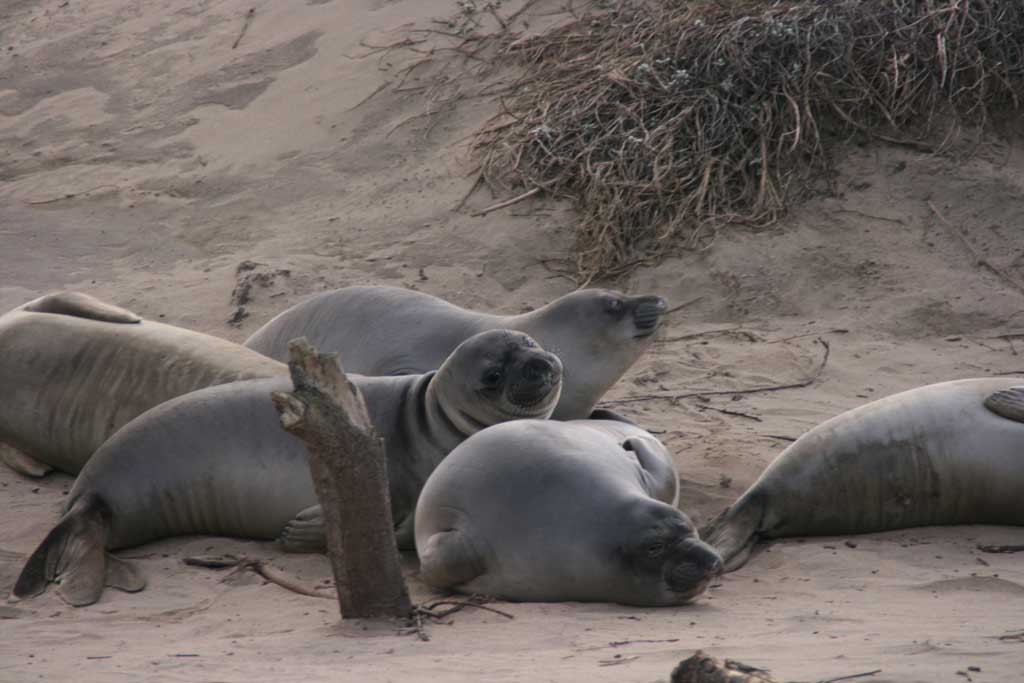
Making Reservations for a Guided Seal Walk
Because this unique wildlife encounter is so popular, getting a reservation for a guided walk is no easy feat. Book early, especially for weekends and holidays.
Reservations can be made starting on October 20 each year by visiting ReserveCalifornia (choose “Seal Walk” in the “Category” field) or by calling 1-800-444-4445 between 8AM and 6PM. For international reservations, call 518-218-5078.
TIP: Because tickets are released 1 to 56 days ahead of the ticket date, choose your desired date, count back 56 days, mark that day on your calendar, and either call or go online that morning to make your reservation.
The walks are conducted by volunteer naturalists and are available from December 15 to March 31 in order to minimize disturbance to the animals and their natural habitat. There are no seal walks on Christmas Day or during the Seal Adventure annual fundraising event, which happens over a weekend in early February.
Tours are conducted rain or shine and last 2-1/2 hours, covering about three miles through the dunes. The weather is often blustery and on the cool side, so dress warmly and in layers. A rain jacket or wind breaker is a good idea.
Because elephant seals are unpredictable and wild (and thus, dangerous), you’ll need to stay with the guide at all times. He or she will keep visitors at least 25 feet away from the seals. If you want close up shots, be sure to bring a telephoto lens.
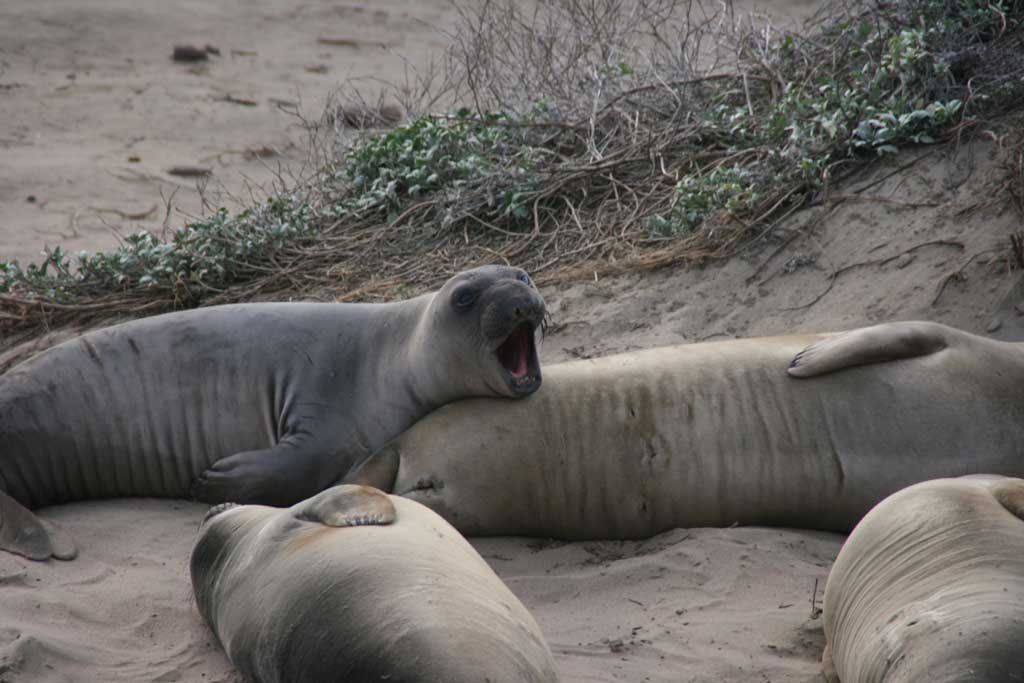
Seals in the “Off-Season”
One thing I didn’t realize is that there are a small number of seals at Año Nuevo throughout the year. Between April and November, females, juveniles, and the “loser” males who didn’t achieve alpha status during the breeding season, come back to molt, or shed their fur and whiskers. Other younger seals haul ashore in the fall.
Between April and November, you can visit Año Nuevo to view the elephant seals without a guide, and reservations are not required. To schedule a guided walk with a docent for an organized group during this time, contact the park at 650-879-2025.
From December 1 through 14 each year, the restricted area is closed to give the male seals space to arrive on land and claim their territory. How’s that for special treatment? In this case, that special treatment has saved elephant seals from extinction, allowed their populations to multiply, and given us the opportunity to enjoy a distinctive wildlife experience here in California.
